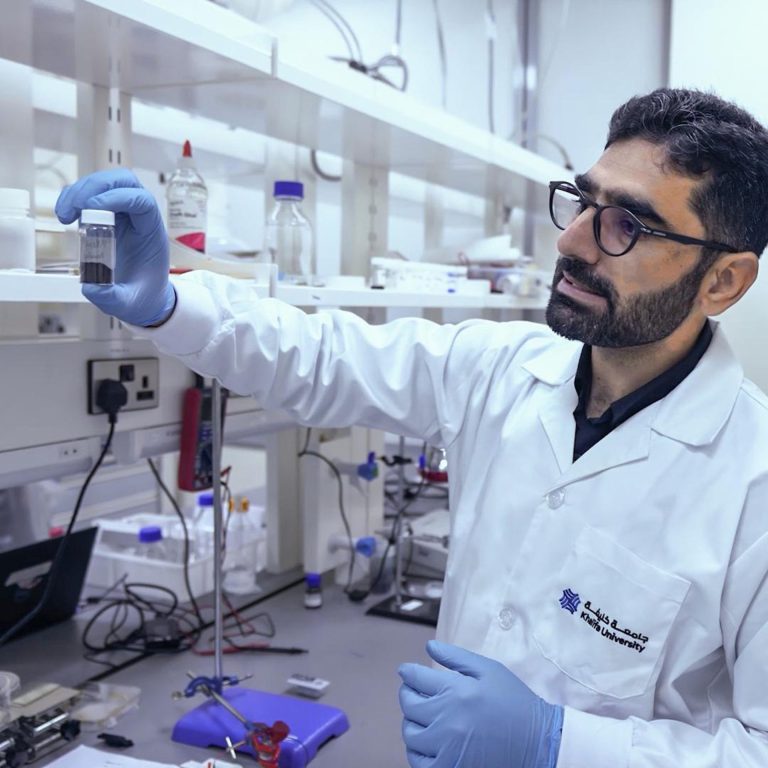Graphene-based sensors set to transform structural monitoring
Smart sensors will be game changers in aerospace, automotive and marine applications, where they could soon be embedded in structures to detect manufacturing defects
Graphene-based sensors embedded within the fibre reinforcement of composite structures during manufacture could offer a convenient means to monitor quality control and structural health of aeroplanes, spacecraft and ships. These sensors have the potential to not only warn of manufacturing defects but also to identify hard-to-see damage from impacts and excessive stress during operation.
Rehan Umer and coworkers from the Department of Aerospace Engineering at Khalifa University describe the role that sensors made from reduced graphene oxide (rGO) could play in Industry 4.0, as the fourth industrial revolution in known, especially for aerospace, automotive and marine applications.
A large-scale production system is essential for the commercialisation of rGO as a viable digital material
Industry 4.0 refers to the latest trend in manufacturing, where information technology — especially smart sensors, the internet of things, and artificial intelligence — introduces useful data and added value into production processes and operation.
“The main role of graphene in the Industry 4.0 factory is as a sensory element, while being an integral part of the raw material,” explains Umer. “Graphene and other 2-D materials can act as the required interface and make the material directly communicate with the digital world by producing an enormous amount of data during the product’s manufacturing and its service life,” he adds.
Reduced graphene oxide is well suited to the role due to its piezoresistive response, meaning that any change in stress or strain results in a change in electrical resistivity, which can easily be measured. It is also lightweight, mechanically robust, noninvasive and compatible with polymer composites, Umer says.
“These sensors can be embedded within a skin of an aircraft to sense its overall health, at the same time they can also monitor impact damage that is barely visible to the naked eye,” explains Umer. “Given the piezoresistive nature of rGO, several polymer-composite manufacturing parameters can be monitored such as compaction forces, resin or polymer flow and shrinkage strain during manufacture.”
According to Umer, Khalifa researchers are now investigating the best way to incorporate rGO into the composite. Options include integrating it into the resin matrix, weaving it into the structure or coating the final composite. An additional challenge is calibrating the sensor after it has been embedded.
The Khalifa team says that it has already demonstrated the use of [6] post-manufacture structural monitoring devices such as pressure-sensitive films and strain-measuring gauges. Patents for in-mould pressure measuring sensors have been applied for in the United States, with further development ongoing. “A large-scale production system is essential for the commercialisation of rGO as a viable digital material,” concludes Umer.
Reference
1. Ali M.A., Irfan, M.S., Khan, T., Khalid, M.Y. & Umer, R. “Graphene nanoparticles as data generating digital materials in industry 4.0.” Sci. Rep. 13 4945 (2023). | Article




